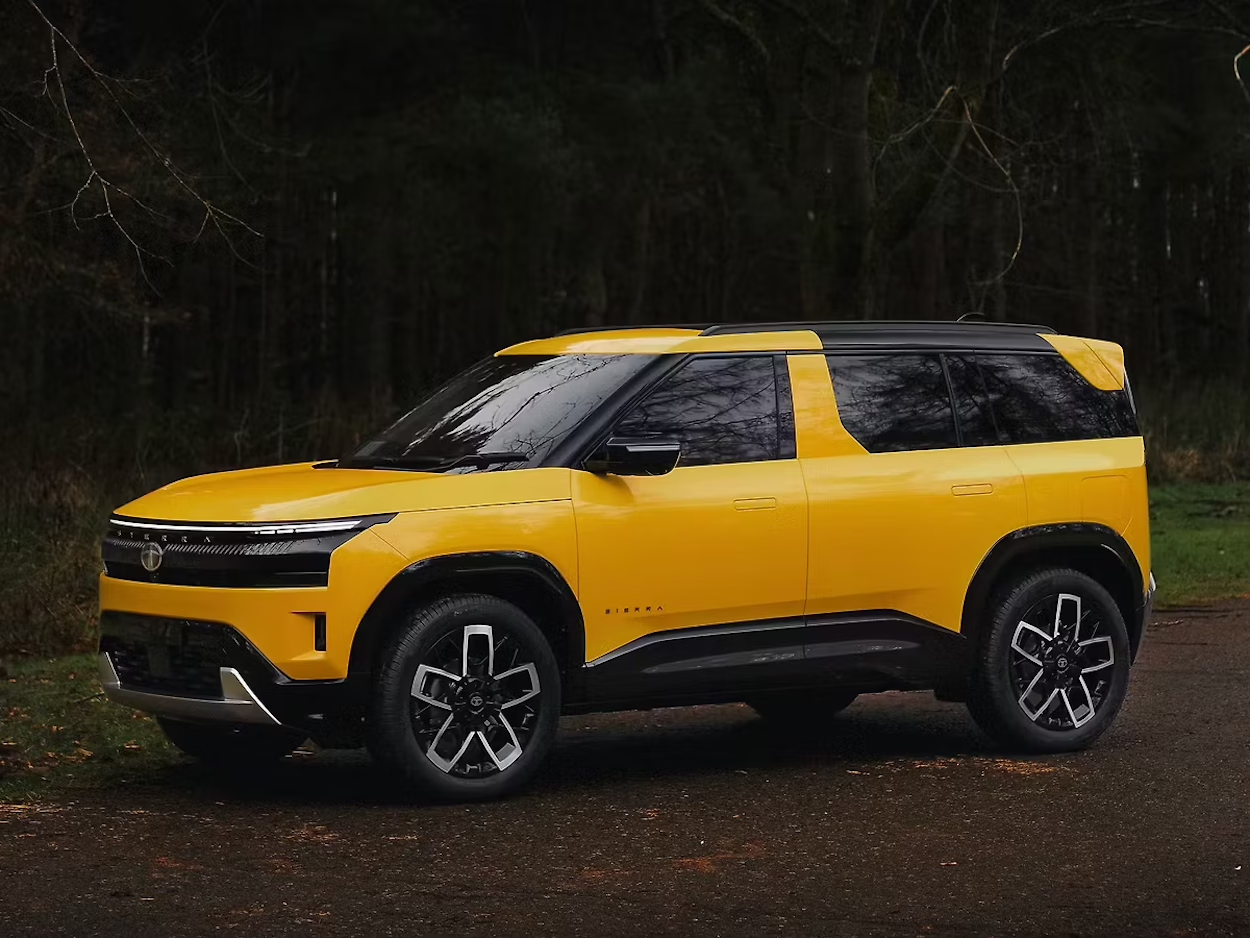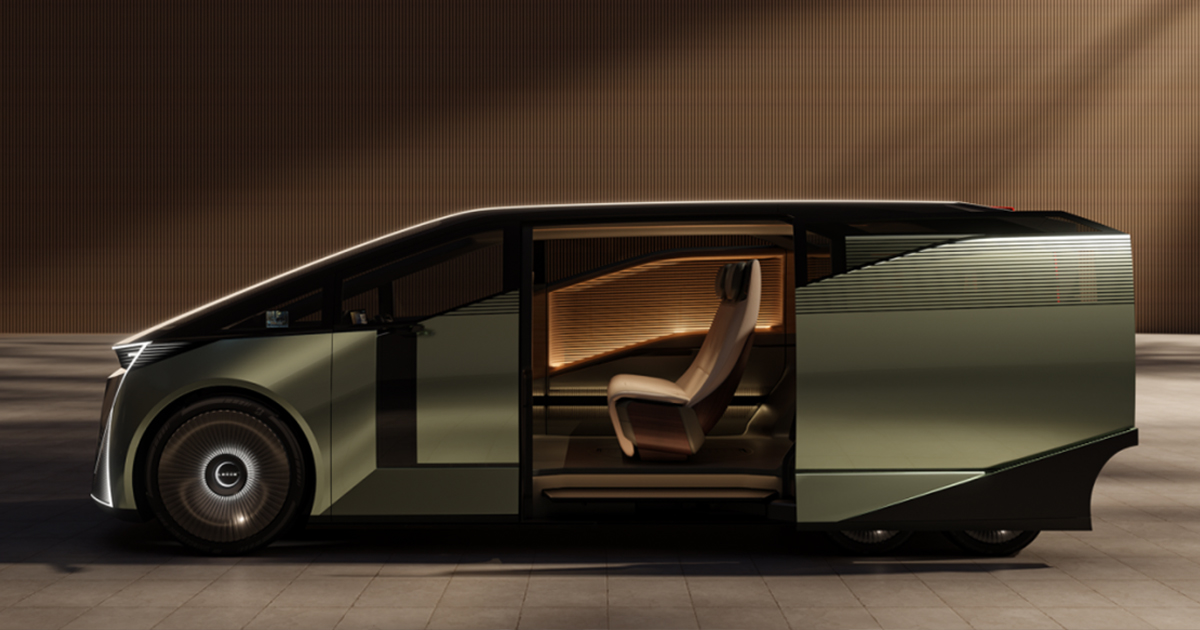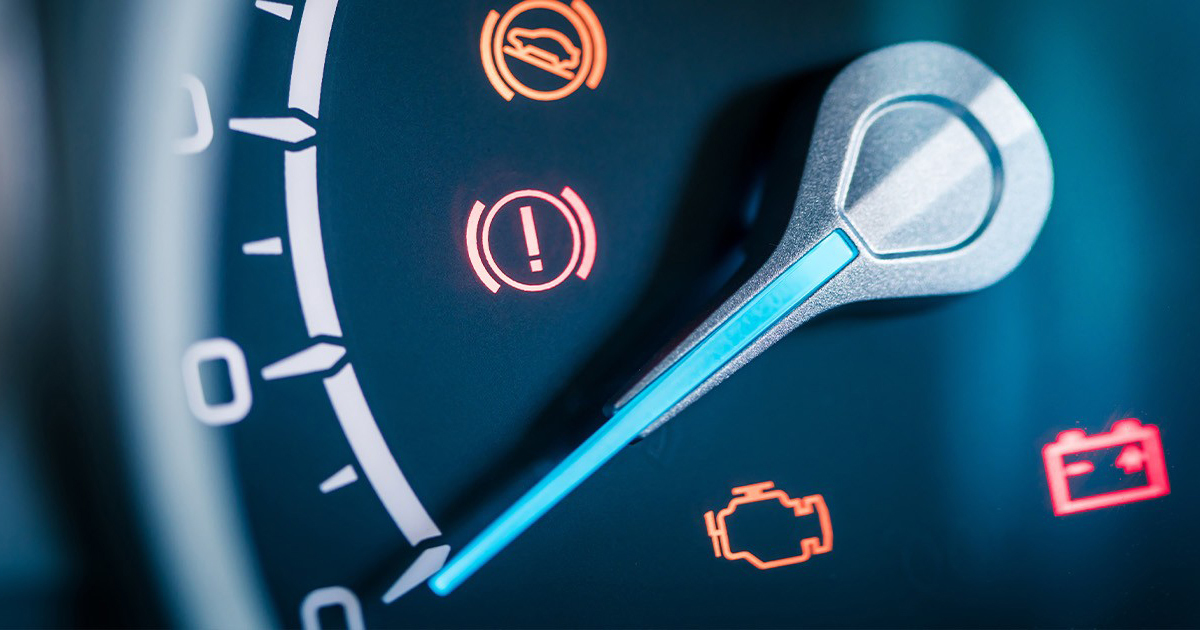Driving through the hills of India is both an exhilarating and challenging experience. From the winding roads of Himachal to the steep ascents in the Western Ghats, hilly terrains test not only your driving skills but also your vehicle’s capabilities. Sharp hairpin bends, narrow single-lane roads, sudden drops, loose gravel, and unpredictable weather conditions like fog or rain make hill driving a unique experience requiring specialized vehicle performance. That’s why choosing one of the best cars for hill driving in India is not just about looks or mileage, it’s about control, power, safety, and road grip.
A vehicle that performs brilliantly on flat city roads may struggle when faced with steep inclines, switchbacks, or slippery descents. In 2025, with smarter technologies and tougher terrains, your vehicle must be equipped to conquer more than just traffic.
This is where features like torque-rich engines, all-wheel or four-wheel drive (AWD/4WD), hill-hold assist, hill descent control, and good ground clearance come into play. A stable suspension setup, responsive steering, and advanced braking systems are just as vital to ensure safe navigation on twisting mountain roads.
In this comprehensive guide, we’ll help you explore the Best Cars for Hill Driving in India, especially those suited for the terrain, climate, and conditions of 2025. Whether you’re heading to Manali or Munnar, our top picks and buying tips will ensure you drive smarter, safer, and stronger—wherever the hills call you.
7 Best Cars for Hill Driving in India (2025 Edition)
When the road curves sharply and elevation tests your engine, your choice of car can make all the difference. From off-road warriors to tech-loaded crossovers, these seven picks combine power, agility, and safety, making them the Best Cars for Hill Driving in India this year.
- Maruti Suzuki Jimny – Affordable off-roader with 4×4 and go-anywhere confidence.
- Hyundai Creta AWD (New Gen) – Versatile SUV packed with traction tech and comfort.
- Mahindra Thar – Rugged, high-torque legend built for hill climbs and rocky trails.
- Toyota Hilux – Heavy-duty pickup with massive pulling power and stability.
- Kia Seltos X-Line Diesel AT (2025 Facelift) – Smart, hill-ready crossover with hill-hold and refined AT.
- Tata Nexon EV Max – Electric torque and regenerative braking for clean, confident climbing.
- Skoda Kushaq 1.5 TSI – Turbocharged punch and compact agility for tight mountain roads.
Whether you’re chasing sunrises in the Himalayas or navigating Nilgiri curves, these vehicles promise a thrilling and safe ride uphill and down.
Now, let’s dive into each of these best cars for hill driving in India with their on-road price:
1. Maruti Suzuki Jimny: Small Size, Big Mountain Spirit
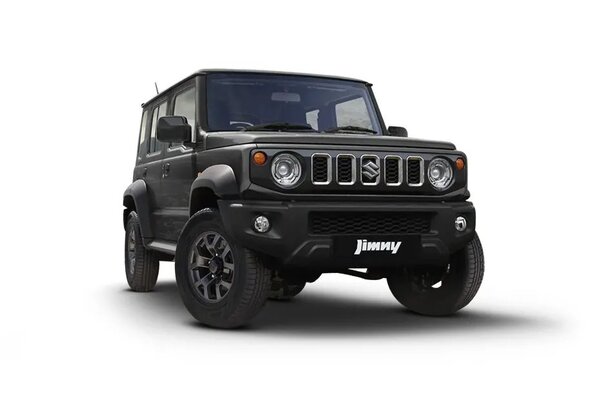
The Maruti Suzuki Jimny is India’s favorite compact off-roader for a reason. Built on a ladder-frame chassis with a 4×4 drivetrain and low-range transfer gear, the Jimny is tailor-made for steep slopes, rocky terrains, and narrow hill roads. Its 208 mm ground clearance, lightweight body, and compact dimensions allow it to conquer hairpin bends and rough patches with ease.
What makes it ideal for hills is its hill-hold assist, excellent approach/departure angles, and proven suspension setup. It’s not the most luxurious ride, but it’s rugged where it counts.
- Pros: True off-roader, excellent ground clearance, 4WD, nimble in tight spaces
- Cons: No diesel option, small boot, lacks modern tech features
- Price Range (Ex-showroom): ₹12.74–₹15.05 lakh
2. Hyundai Creta AWD (New Gen): Balanced Tech Meets Terrain
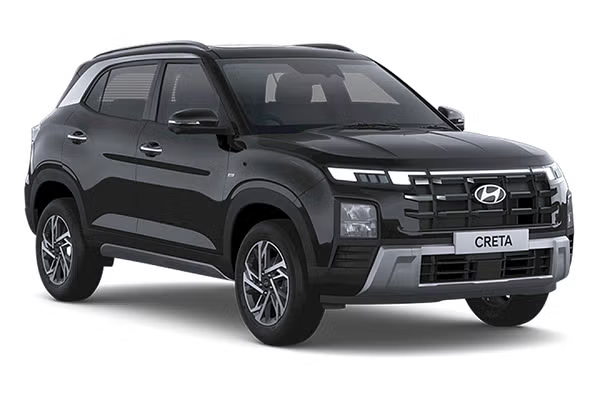
The 2025 Hyundai Creta AWD (anticipated facelift) brings all-weather, all-terrain driving into a premium midsize SUV. Known for its smooth ride and refined interiors, the AWD variant now gets hill-start assist, traction control modes (snow/sand/mud), and a turbo-petrol or torque-rich diesel engine.
The combination of performance, handling, and comfort makes it a great option for those who want hill capability without compromising on city luxury. It’s equally at home in Shimla’s slopes or Bengaluru traffic.
- Pros: Modern design, loaded with safety features, responsive AWD
- Cons: AWD likely available only in top trims, pricier than FWD variants
- Expected Price Range: ₹18–₹22 lakh
3. Mahindra Thar: Built for the Mountains
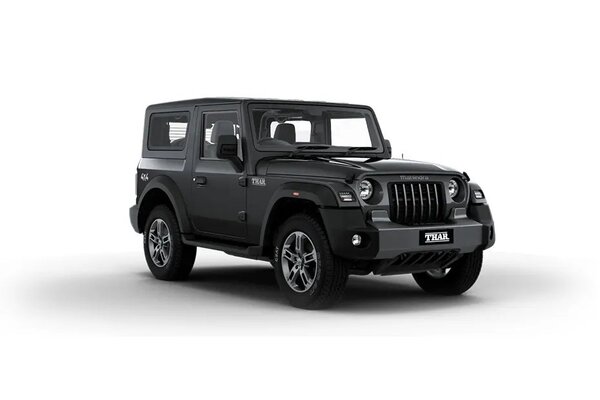
If there’s one Indian car that eats hills for breakfast, it’s the Mahindra Thar. Whether you choose the petrol automatic or diesel manual, the Thar’s 4×4 drivetrain with mechanical locking differential, hill-descent control, and 226 mm ground clearance makes it a mountain conqueror.
The high torque output and short wheelbase ensure it can climb sharp inclines and tackle trails effortlessly. While it’s more of a lifestyle vehicle, it’s also extremely capable where most SUVs hesitate.
- Pros: Hardcore off-road ability, fun to drive, high resale value
- Cons: Rear seat access is tight, bouncy ride on highways
- Price Range: ₹11.25–₹17.60 lakh
4. Toyota Hilux: Muscle Meets Altitude
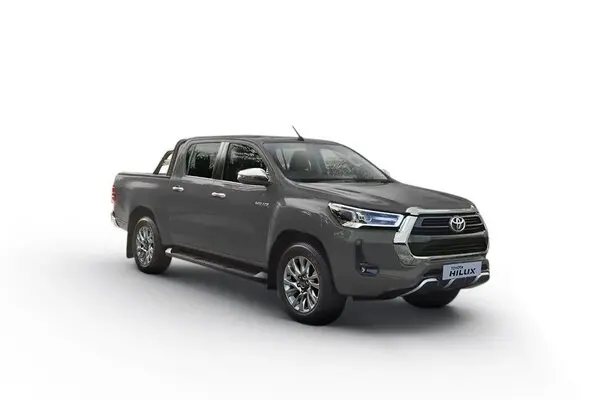
For those looking for a serious workhorse in the hills, the Toyota Hilux offers unmatched durability and torque. Powered by a 2.8L diesel engine delivering 500 Nm of torque, paired with shift-on-the-fly 4WD, the Hilux is engineered for treacherous terrain, landslides, or even snow-covered roads.
Its double-cab layout, advanced traction control, and ladder-frame chassis provide both functionality and comfort on long uphill drives. It may be overkill for daily use, but it’s perfect for frequent high-altitude travels or rugged terrain.
- Pros: Huge torque, reliable build, powerful off-roader
- Cons: Bulky for narrow hill roads, expensive
- Price Range: ₹30.41–₹37.90 lakh
5. Kia Seltos X-Line Diesel AT (2025 Facelift): Tech-Forward Hill Warrior
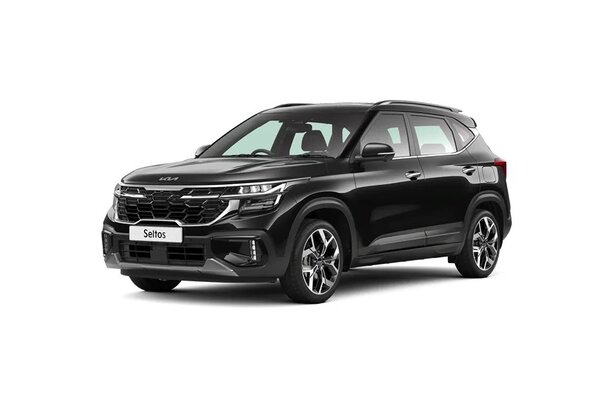
The Kia Seltos X-Line Diesel AT, with its 1.5L diesel engine and 6-speed automatic, is a stylish hill performer. The facelifted 2025 version brings hill-start assist, ESC, multi-drive modes, and enhanced ride comfort, making it an all-rounder for both city and elevated roads.
Its smart features, like ADAS (Advanced Driver Assistance Systems) and traction control modes, offer extra assurance during tricky climbs and rainy hill patches.
- Pros: Diesel torque, AT convenience, premium interiors
- Cons: No AWD, low ground clearance for extreme terrain
- Price Range: ₹19.60–₹20.70 lakh
6. Tata Nexon EV Max: Electric Climber with a Green Heart
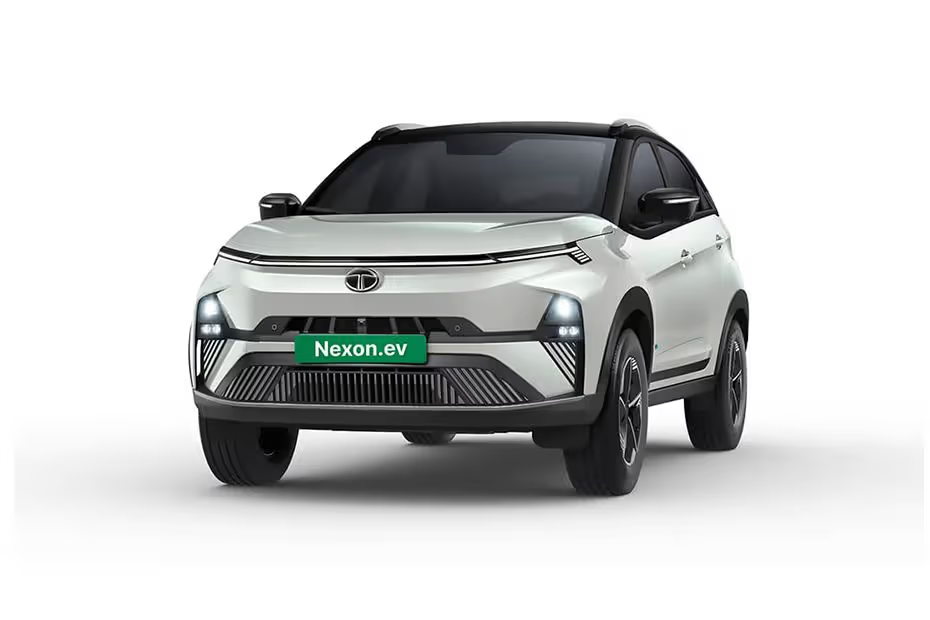
For eco-conscious hill explorers, the Tata Nexon EV Max brings clean performance with no compromises. Its instant torque delivery (250 Nm) makes it perfect for steep climbs. With a certified range of 453 km and features like hill-hold assist and regenerative braking, it’s surprisingly suited for hill drives.
Built on Tata’s proven Ziptron platform, it also includes multi-mode regen, traction control, and fast charging—ideal for hill towns with growing EV infrastructure.
- Pros: Instant torque, silent drive, EV incentives
- Cons: Limited charging stations in remote hills, boot space slightly reduced
- Price Range: ₹17.74–₹19.94 lakh
7. Skoda Kushaq 1.5 TSI: Turbocharged Precision for Hill Bends
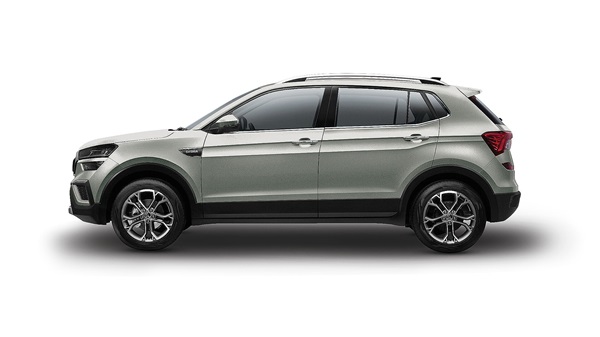
The Skoda Kushaq 1.5 TSI offers the perfect blend of power and compact dynamics. Its 1.5L turbo-petrol engine churns out 250 Nm torque, ensuring smooth hill climbs and overtakes. The car’s compact dimensions, sharp handling, and 7-speed DSG gearbox make it a delight on twisty mountain roads.
With hill-start assist, solid braking, and a stiff chassis, the Kushaq feels planted on slopes, making it an excellent choice for spirited drivers who love control.
- Pros: Fun to drive, punchy engine, Euro-tuned dynamics
- Cons: DSG reliability questions, no AWD
- Price Range: ₹15.20–₹18.80 lakh
Key Features to Look For in Hill-Friendly Cars
Before diving into the best cars for hill terrain, it’s essential to understand what makes a car “hill-capable.” Here are the most important features to look for:
High Torque Output
Torque is the true force behind a car’s ability to climb. A high-torque engine provides the grunt needed to move uphill without straining. Diesel engines usually offer better low-end torque, making them ideal for hilly drives. For electric vehicles, instant torque delivery is a bonus.
Ground Clearance
Indian hill roads can be uneven, filled with stones, or have sudden dips. A minimum ground clearance of 180mm or more helps prevent the underbody from scraping on steep slopes or rough patches. SUVs and crossovers generally perform well here.
AWD / 4WD Options
In conditions where roads are slippery due to rain, snow, or gravel, all-wheel drive (AWD) or four-wheel drive (4WD) offers superior traction and grip. While AWD is better for on-road handling, 4WD gives more control off-road or on very steep inclines.
Hill Hold Assist & Hill Descent Control
Hill-hold assist prevents your vehicle from rolling backward when starting from a standstill on an incline. Hill descent control maintains a constant speed on steep downhill slopes without needing to ride the brake pedal. These features are crucial for safety and ease.
Strong Braking System
A reliable braking system is critical in the hills. Look for ABS (Anti-lock Braking System), EBD (Electronic Brakeforce Distribution), and disc brakes on all four wheels for optimal stopping power and skid prevention, especially on wet or downhill roads.
Compact Size + Tight Turning Radius
In hilly regions, roads are often narrow with sharp turns. A compact car with a tight turning radius allows better maneuverability, especially during hairpin bends or in crowded mountain towns. Avoid bulky vehicles unless they offer great turning dynamics.
With these features in mind, you’ll be ready to pick the ideal ride for India’s challenging but beautiful hillscapes. Ready to meet the top contenders? Let’s go.
Petrol vs Diesel vs EV for Hills: What Works Best?
Choosing the right engine type for hilly terrain can make your drives smoother, safer, and more economical in the long run. Let’s break down how petrol, diesel, and electric vehicles (EVs) perform when the incline kicks in.
Petrol Cars: Affordable but Thirsty Climbers
Petrol cars offer smooth power delivery and are usually cheaper to buy and maintain. They’re great for short hill trips or occasional getaways to places like Lonavala or Mussoorie. However, petrol engines generate less torque at lower RPMs, which may require more gear shifts and engine strain on long uphill drives.
Diesel Cars: The King of Hill Torque
Diesel engines are torque-rich, meaning they handle steep climbs with far less effort. They’re more fuel-efficient on long hill drives and provide better engine braking when descending. Perfect for frequent hill drivers or those venturing into high-altitude zones like Spiti or Sikkim. Downsides? Diesel cars are more expensive upfront and often face restrictions in certain cities due to pollution norms.
EVs: Instant Torque, Zero Emissions; but Plan Well
Electric vehicles shine in terms of torque, instant, silent, and smooth acceleration, even on the steepest slopes. Features like regenerative braking help recharge batteries during descents. However, limited charging stations in remote areas can trigger range anxiety, especially in hilly terrain where battery drain is faster.
Quick Comparison Table: Best Cars for Hill Driving in India
| Feature | Petrol Cars | Diesel Cars | EVs |
|---|---|---|---|
| Torque for Hills | Moderate | High | Very High (Instant) |
| Cost | Low | Medium–High | High |
| Refueling Convenience | Easy | Easy | Limited in hills |
| Eco-Friendliness | Moderate | Low | High |
| Ideal Use Case | Short trips | Frequent climbs | Urban hills with EV infrastructure |
Usage Tip:
If you’re an occasional hill driver, a petrol SUV works fine. For frequent travelers or hilly hometowns, go diesel. If your route has decent charging stations, consider an EV for clean torque.
Manual vs Automatic in Hills: Which to Choose?
The gearbox you choose can significantly affect your hill-driving experience. Both manual and automatic transmissions have their own advantages in elevated terrains, and the right pick often depends on your driving confidence.
Manual Transmission: Total Control, Requires Skill
Manual cars give drivers precise control over gears, which is helpful while climbing or descending hills. Using first or second gear effectively can prevent stalling on slopes and provide better engine braking downhill. However, clutch control on steep inclines can be challenging for new drivers and can lead to burnout if not handled correctly.
Automatic Transmission (AMT, CVT, Torque Converter, DSG): Effortless But Variable
Automatic cars—especially those with hill-hold assist or creep function—remove the stress of gear changes on slopes. Modern automatics are well-tuned to handle inclines, making them perfect for city drivers adapting to hilly drives. However, some AMT systems may feel sluggish or confused on sharp curves and sudden elevation changes.
Our Recommendation:
- Experienced drivers who enjoy control may prefer manual gearboxes, especially in diesel-powered vehicles.
- Beginner or urban drivers who want simplicity and comfort will benefit more from automatic cars with hill-start assist.
Pro Tip: If choosing an automatic, go for one with hill-hold control, ESC, and a manual mode. If opting for manual, practice hill starts and clutch balance before attempting high-gradient roads.
You can also check out: Automatic vs Manual Cars in Indian Traffic: What’s Better for Daily Commute?
Expert Tips for Driving in Hills Safely
Driving in hilly terrain isn’t just about engine power—it’s about technique, awareness, and preparation. Here are expert-backed tips to help you handle winding roads and steep inclines like a pro:
- Master Gear Selection
Always use lower gears during climbs and descents. Lower gears provide better torque for uphill drives and more engine braking during downhill stretches. Avoid using neutral on descents—it reduces control and overburdens your brakes.
- Rely on Engine Braking
Instead of riding the brakes downhill, shift to a lower gear and let your engine slow the car naturally. This prevents overheating your brake pads and reduces the risk of brake failure.
- Park Smart on Slopes
When parking uphill, turn the front wheels away from the curb; when downhill, turn them towards it. Always engage the handbrake, and if driving a manual, leave the car in gear (first gear uphill, reverse downhill).
- Watch for Overheating
Long climbs can stress engines, especially in summer. Keep an eye on the temperature gauge, and pull over if needed. Keep the radiator filled and AC use minimal while climbing steep roads.
- Carry Emergency Tools
Always pack essentials like a tow rope, jumper cables, flashlight, tire inflator, and first aid kit. In remote hilly regions, you can’t always rely on roadside help.
Pro Tip: Avoid sudden acceleration and heavy braking. Smooth driving ensures better traction, fuel efficiency, and passenger comfort on twisty roads.
Conquer the Climb: Final Thoughts on the Best Cars for Hill Driving in India 2025
Choosing the right car for hill driving can make the difference between a stressful struggle and a smooth, scenic adventure. From torque-rich diesel SUVs to instant-torque EVs, the vehicles listed above combine performance, safety, and control specifically designed for India’s diverse hilly terrains.
Whether you’re navigating the tight turns of Munnar or scaling the rugged heights of Ladakh, the right gear system, drivetrain, and ground clearance can mean more than premium interiors or flashy aesthetics.
As a smart buyer, prioritize safety features like hill-start assist, traction control, and strong braking systems. Consider your driving style—manual for control, automatic for ease—and don’t forget the importance of well-maintained tires and emergency readiness.
Take a test drive before finalizing your pick, especially if you’re new to hill driving. Evaluate how the car feels on slopes, curves, and sharp inclines.
Ready to take your next adventure to higher ground? Choose from our list of the Best Cars for Hill Driving in India and drive into every curve, climb, and canyon with complete confidence.

